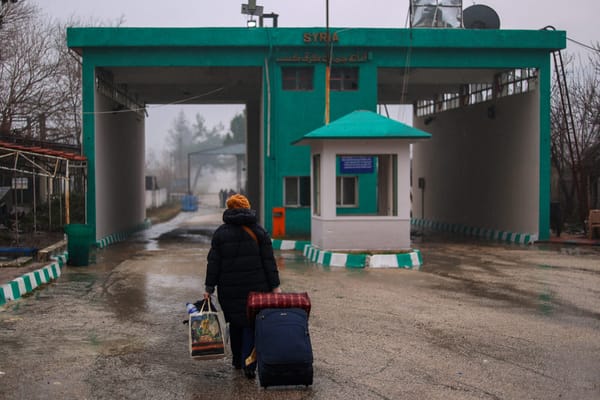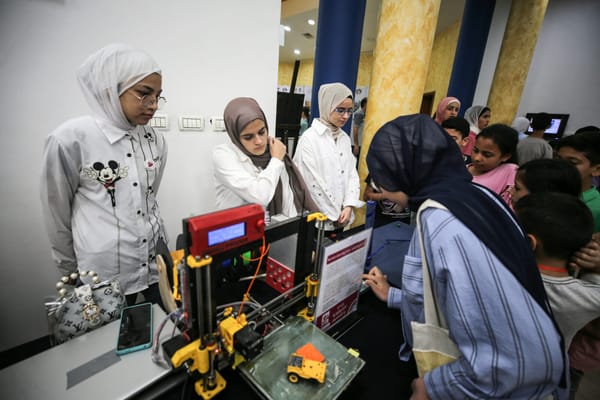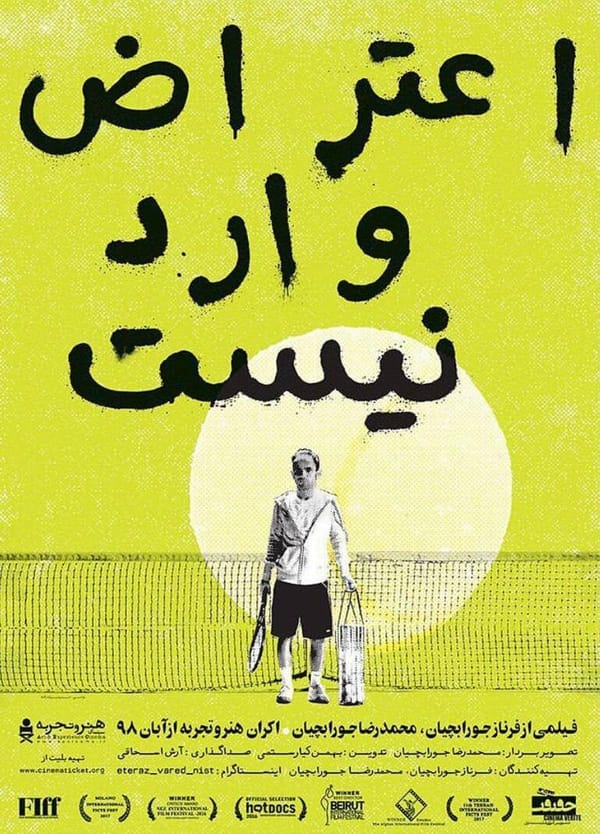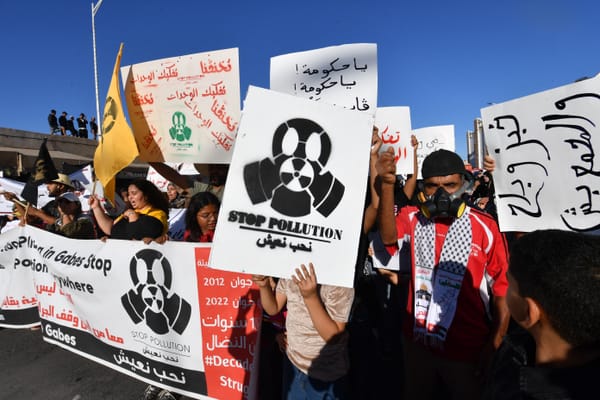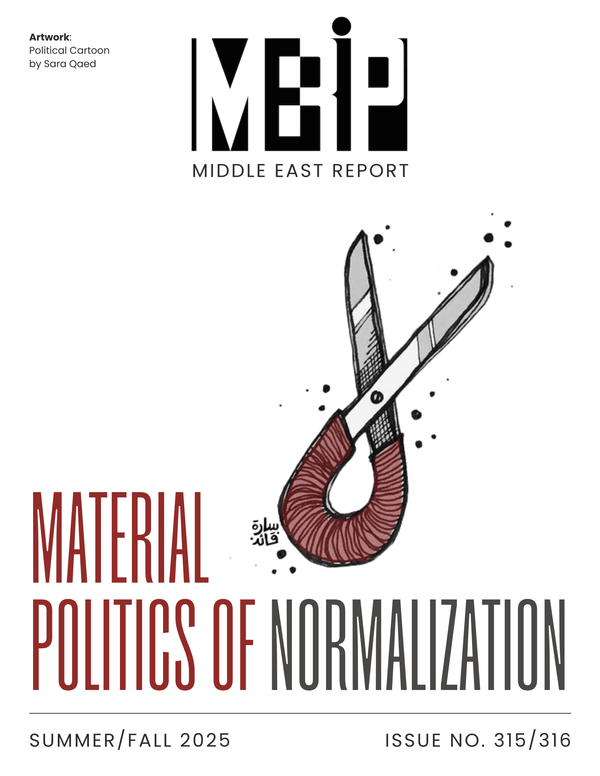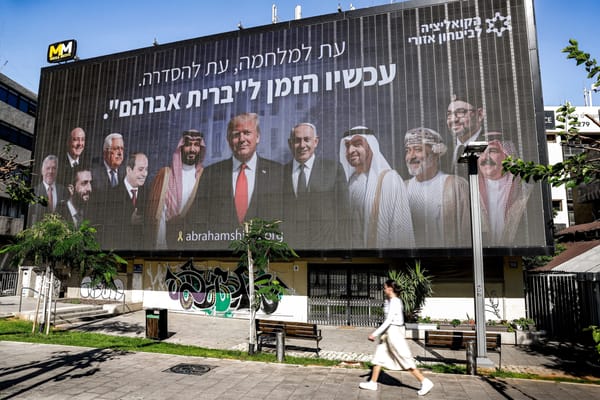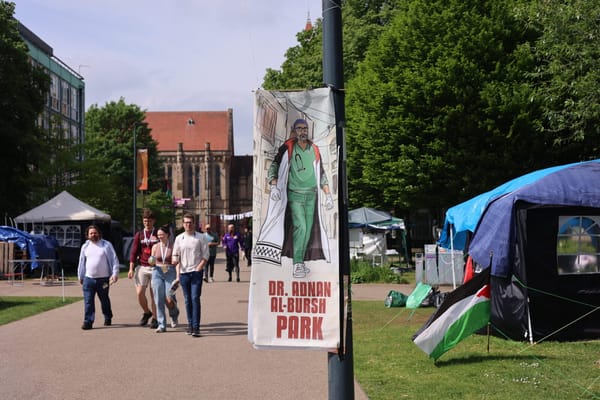Bayat, Workers and Revolution in Iran
Asef Bayat, Workers and Revolution in Iran: A Third World Experience of Workers’ Control (London: Zed Press, 1987.) The participation of workers in the anti-shah struggle, the rise of factory councils in 1979 and 1980, and their battles with the new Islamic state over workers’ control and other

